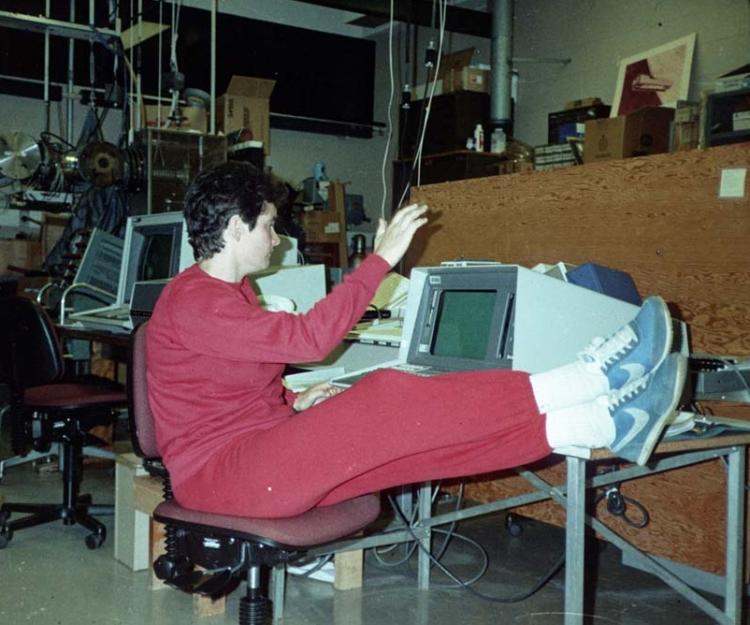For nearly 50 years, NASA's Voyager 1 mission has competed for the title of deep space's little engine that could. Launched in 1977 along with its twin, Voyager 2, the spacecraft is now soaring more than 15 billion miles from Earth.
On their journeys through the solar system, the Voyager spacecraft beamed startling images back to Earth-of Jupiter and Saturn, then Uranus and Neptune and their moons. Voyager 1's most famous shot may be what famed astronomer Carl Sagan called the "pale blue dot," a lonely image of Earth taken from 6 billion miles away in 1990.
But Voyager 1's trek could now be drawing to a close. Since December, the spacecraft which weighs less than most cars, has been sending nonsensical messages back to Earth, and engineers are struggling to fix the problem. Voyager 2 remains operational.Fran Bagenal is a planetary scientist at the Laboratory for Atmospheric and Space Physics (LASP) at CU Boulder. She started working on the Voyager mission during a summer student job in the late 1970s and has followed the two spacecraft closely since.
To celebrate Voyager 1, Bagenal reflects on the mission's legacy-and which planet she wants to visit again.
Many are impressed that the spacecraft has kept going for this long. Do you agree?
Voyager 1's computer was put together in the 1970s, and there are very few people around who still use those computing languages. The communication rate is 40 bits per second. Not megabits. Not kilobits. Forty bits per second. Moreover, the round-trip communication time is 45 hours. It's amazing that they're still communicating with it at all.
What was it like working on Voyager during the mission's early days?
At the very beginning, we used computer punch cards. The data was on magnetic tapes, and we would print out line-plots on reels of paper. It was very primitive.
But planet by planet, with each flyby, the technology got a lot more sophisticated. By the time we got to Neptune in 1989, we were doing our science on much more efficient computers, and NASA presented its results live across the globe over an early version of the internet.
Think about it-going from punch cards to the internet in 12 years.







